

 While in Sri Lanka recently Car India called on Kris Nissen, Director of Volkswagen Motorsport, to talk about the business of car racing
While in Sri Lanka recently Car India called on Kris Nissen, Director of Volkswagen Motorsport, to talk about the business of car racing
Car India (CI): What are the plans for the future in India?
Kris Nissen (KN): For 2012 for sure we will continue with the Polo Cup. There will be some technical changes. They will be announced early this year.
Apart from that, I would personally like it very much if we started looking at additional activities for 2013. It will depend upon the combination of the money we invest and the returns we expect. Motorsport at a very high level needs big investment. I think for the moment it is not possible to have that in India, because there aren’t enough race-tracks, spectators and television coverage. Which means we need to look for competition motorsport in a combination with customers, where we have paid drivers, drivers bringing in money through sponsors and, maybe, also create some opportunities for young drivers who have been doing very well in lower categories to have the next step after the Polo Cup. We are aware that if we put up something expensive here, it will be very exclusive and may not work. If we put up something where Volkswagen have to pay for everything, it may not be a good idea in the long term. We are not sure if we will get full returns for the investment.
We are more than happy with the Polo Cup for now. It is an investment we can calculate. We know the price of the car, its service and the hospitality, so we have very calculated tasks. When we get into competition motorsport it is not difficult to calculate the cost of the first car, but you need to develop the car continuously if you have other manufacturers coming in. The level keeps growing all the time so you need to put in more money into testing and developing the engine, gearbox and suspension.
CI: Does the Polo Cup have a business model or is it promotion?
KN: The Polo Cup is marketing promotion. Our support is a gift to help young Indian drivers to learn a lot in a short time and, hopefully, get a fair chance to race outside India.
CI: The Scirocco Cup is a great motivation for the Polo Cup drivers in India. What is the next step?
KN: Since the VW group do not sell only VW in India, I think the next step would be Audi. They have a very good GT3 car. Audi is in the market in India and it is one of the possibilities to see how we can continue from the Scirocco Cup. At the end the driver must also deliver. He must be committed, competitive and must win races or at least be among the top three.
As the next step we need to develop a driver for us. The possibilities in the Polo Cup are very limited. They just learn the driving and concentrate on making good lap times and winning races. In the Scirocco Cup you see a lot of new and big tracks, but you can only adjust the anti-roll bar and the tyre pressure. So the car is basically the same every time. To be a really good race driver you need to work with your engineer and mechanics. You need to learn to set up the car and this is not possible in the Scirocco Cup. It is a one-make Cup where everything is the same. If you move up to GT3 or touring cars, you will have to work a lot with the technique of setting up the car. I think this should be the next step for [Aditya] Patel and any driver who is a frontrunner in Polo, Scirrocco or Porsche Cup to make sure that he can be a professional driver. He needs the education and possibility to set up his own car and get the maximum benefit out of it at each track.
CI: Why has VW Motorsport pulled out of the Dakar rally?
KN: Yes, we have withdrawn from the Dakar rally, but not because we were unhappy. For the first time in history VW have been really successful in motorsport at an international level. The Dakar rally is a global sport. We realised a lot of opportunities in marketing by having such a big motorsport project and it turned out to be successful. You always want to have a minimum of three years of planning and stability. After winning the Dakar two times in a row we decided to compete for one more year (2011), but before going ahead for another two or three years we wanted to see if there were other opportunities.
The down side of Dakar is that it has only one event and it is very difficult to have customers and dealers over there. It is very expensive, difficult and goes on for 14 days. There are television and print journalists from around the world, but it all ends in two weeks. If you win, as we did, then, of course, you can have good publicity, but in our modern world, everything comes and goes very fast. What is a good news today becomes stale the next day. We could see in Dakar after competing for some years that there was only one race per year.
It is very fantastic and we have always been happy, but VW is worldwide, we are global. You can buy VW cars in every continent. The rally (WRC) has 12-14 events in a year because it is a world championship. Many of the race venues are our key markets and it looks as if there are new races coming up. India and China, maybe even Brazil, all of which are very good markets for VW. The rally has good competition with three other manufacturers. They have very good and stable regulations. We have very good technology – the direct injection turbo. It is one of the technologies that VW is developing and downsizing. The only thing missing from the rally right now is a big stable television coverage. We believe that together with other manufacturers and with
FIA we can raise that to a very high level. Then we will have a perfect programme.
CI: Does VW Motorsport have any plans to enter rallying in India?
KS: For the moment, no. We want to use 2012 to get more information about rallying in India and to prepare the Indian media as it is possible that we will be driving in WRC from 2013. It is very important for VW to have good media coverage all over the world. We believe that we can have a good media coverage by being active in many countries, but we need more information to decide whether we have a benefit of entering rallying in India. We need to look at the market. It’s always easy to say ‘yes’, but then you also need to do it.
CI: What are the areas of interest for an automobile company when it enters a particular motorsport?
KN: It can be split into two. When you enter a customer sport, a sport for young drivers, then your interest for calculated projects is to get a good return by involving dealers and customers. If it is a country with a very high level of motorsport, its very difficult to get media coverage. In a country where motorsport is growing, as in India or China, you can get quite a lot of media coverage even with a small car.
In this sport the main interest really is to do marketing, for that particular car and for the brand and for the technology in the car such as the diesel engine, the DSG gearbox, etc, to show the people that we have a very strong, reliable and sporty car.
When you enter competition motorsport, you have the additional opportunity to beat the other manufacturers. There you can say I have the better car, better technology. You can do a lot of image-building, which can create and raise your brand’s value.
CI: Formula One (F1) offers all the opportunities you just mentioned. Why have the VW group been absent from that sport?
KN: VW is a very big group. We have the VW brand, then we have Audi, Bentley, Porsche and so on. Ten brands in all. If the VW group has to enter F1 one day, it does not necessarily have to be with the VW brand. There are other possibilities and choices. To answer your question, well, nobody knows the future. I think a lot of people interested in motorsport will love to see the VW group in F1. F1 is no doubt the motorsport category with the greatest publicity, television hours and spectators in the world.
However, it is not necessarily the best motorsport category to develop something for a road car. They have very strict regulations. It is very diffi cult to identify an F1 car with a road car. It is very expensive. Entering F1 is a big risk. Basically, when you enter F1, there is no way out for you before you win. It’s not as if we will stop if it’s not working. I think F1 has been quite unstable in the last few years. Manufacturers have been leaving. But I do believe that F1 will be an interesting matter for any car manufacturer. It needs some stability before it becomes interesting for the VW group.
CI: Shall we see electric cars being raced in the near future?
KN: I think we shall see electric cars being raced in the near future, but I am not convinced that people will consider it as a real race. I think races with pure electrics will take some years. Hybrids may come in the near future. If the regulations are laid down in a good way, it will also help in the development of hybrids for the road.
The Le Man 24-hour race has quite high budgets, but there is a lot of freedom in developing the car. I think they (hybrids) suit very well in these categories. It would be good to have them in long-distance racing initially, because if you buy a hybrid car, you don’t want to use it only for short distances. You want to run as long as possible on the battery. At the end you want to save as much fuel as possible and to be as clean as possible. So having hybrid technology placed in long-distance races is quite a good idea. I am sure that in the near future we will see quite interesting racing with hybrid cars, but not pure electrics.
Looking at F1, there were three issues that made the last season very interesting. Tyres, the wing and the KERS, but people forgot about it already. They spoke mostly about the tyres and the wing. I have spoken to some of the F1 drivers lately. Today to get the best lap time in F1 you need to use all three things, but to get the maximum in a race the driver has to be very careful. How hard am I on the tyres, when do I use my KERS. I believe that some of the overtaking and the good races we had in 2011 also came out of KERS. It is very small, light and powerful, but lasts only for a few seconds. We need to go in a direction where it lasts for many seconds so that, at the end, it can save you a lot of fuel and that is why Le Mans is better. In Le Man you have a 24-hour race, you have many pit stops. At every pit stop you refuel. You have a large tank capacity, so it will have a big involvement in the strategy. In Le Man it’s not a problem for the driver, the car or the tyres. It’s only a matter of how many high speed laps one can do in that amount of fuel. This is where the hybrid will help to extend the range. This is where we will see the companies spending a lot of energy and ideas to go as fast as possible with as little fuel as possible.
CI: What are VW’s global plans for 2012?
KN: We will run two Skoda 2000 cars (the Fabia S2000 rally car) in 12 rallies to learn the routes, to develop the team and to keep the drivers in a good shape. At the same time we will use about 18-20 weeks of testing with the Polo. So that will keep the team very busy. We stay in Formula 3 as an engine supplier. We will stay in the Formula ADAC powered by Volkswagen. We will have the Scirocco Cups in China and Germany, the Polo Cup in India. So the only change is that we are out of the Dakar rally.
Interviewed by : Piyush Sonsale
Photography : Kunal Khadse (ZigWheels)





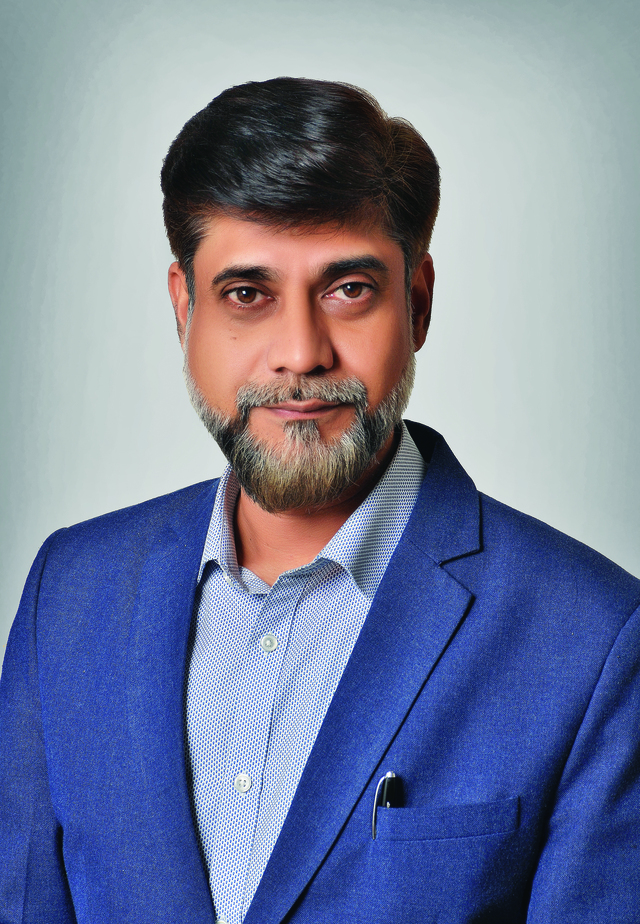
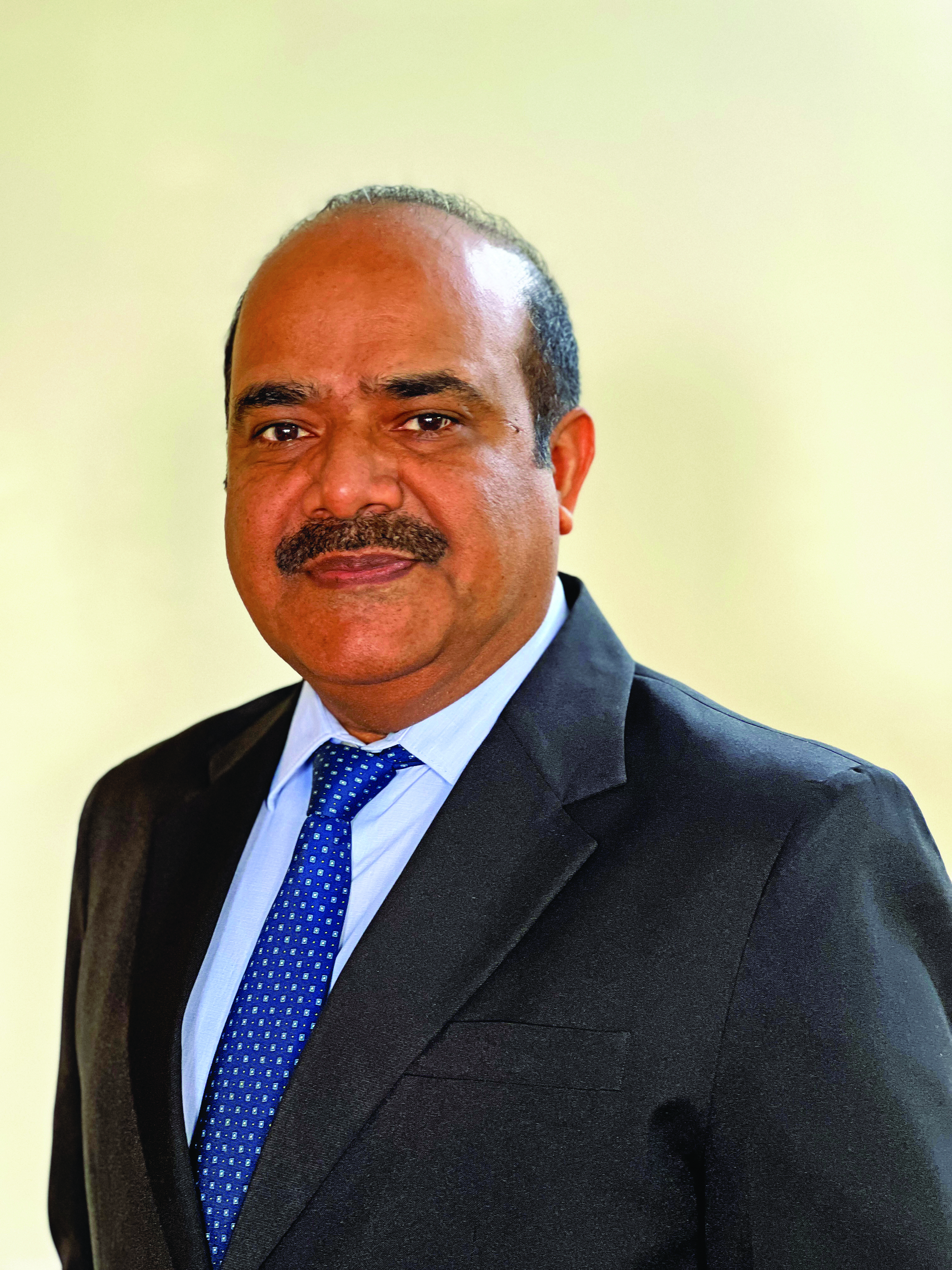
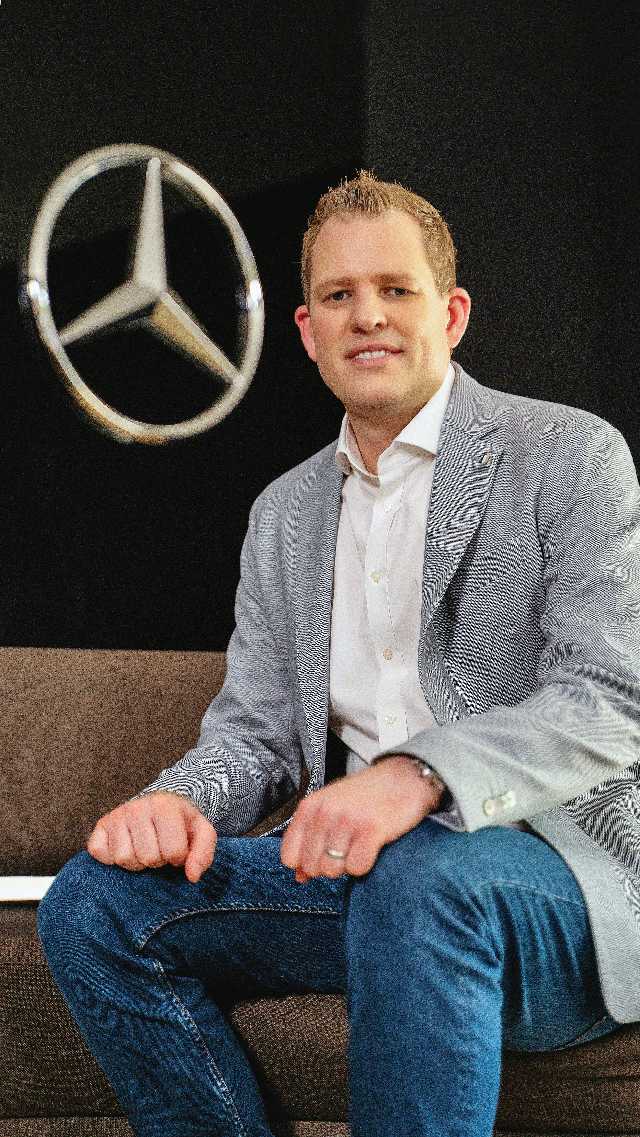
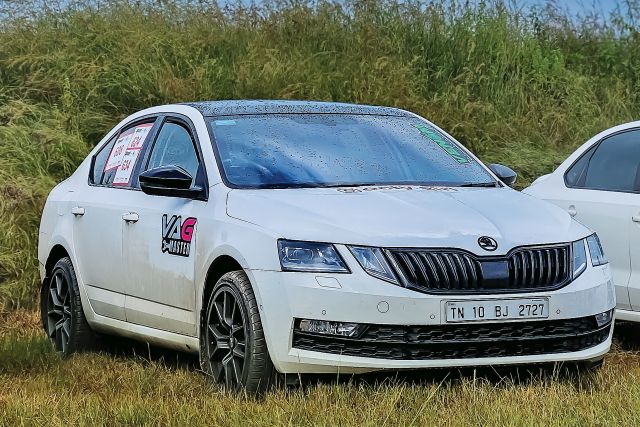
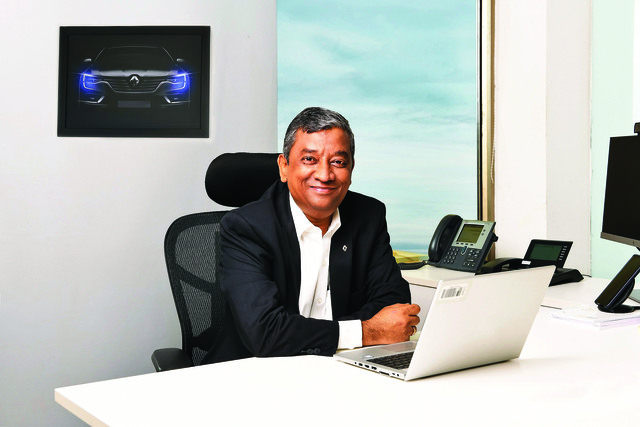
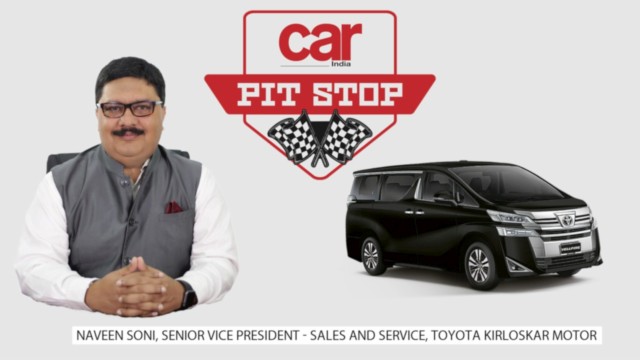

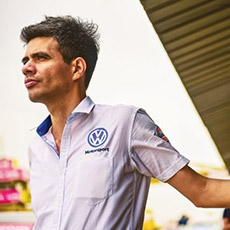
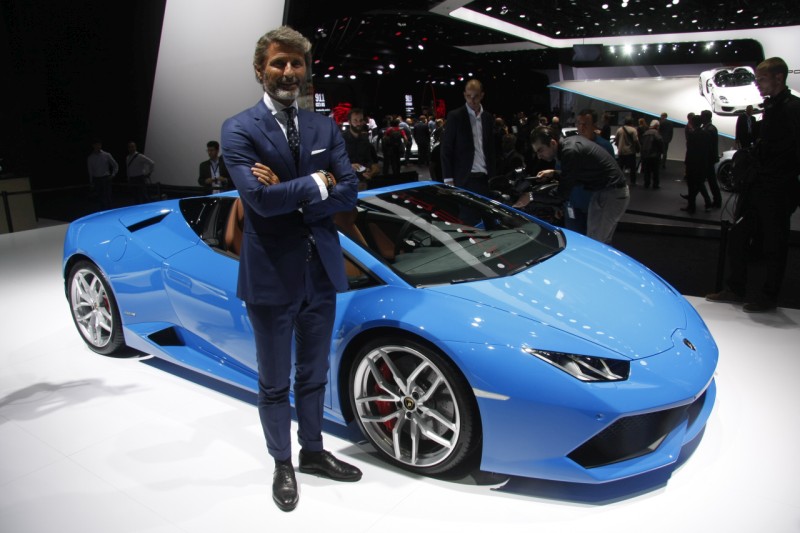




Leave a Reply